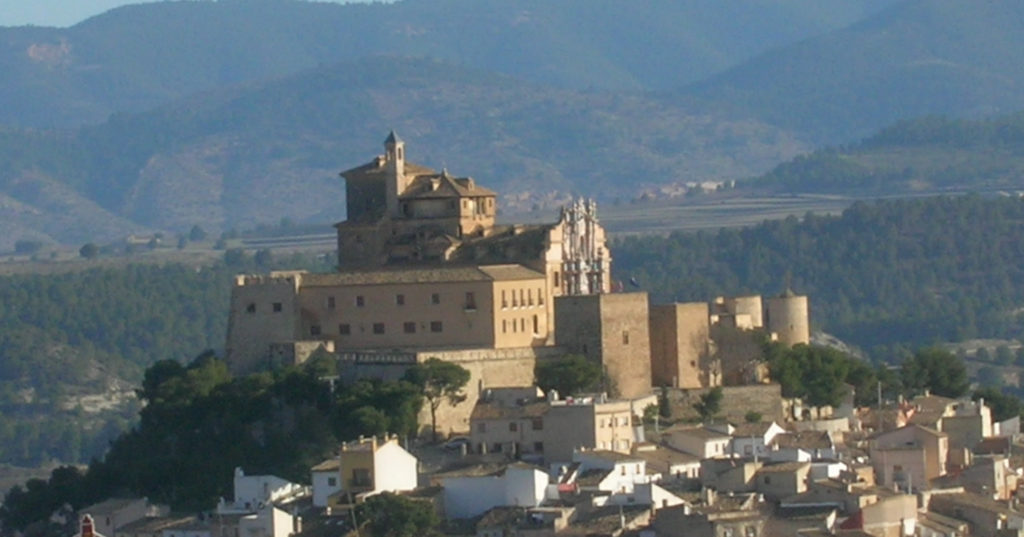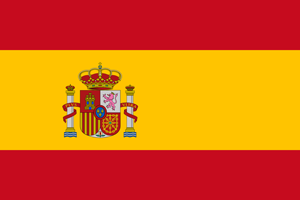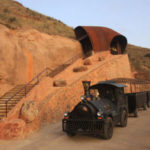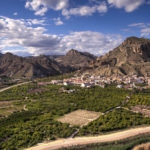Caravaca de la Cruz – the Holy Town
Caravaca de la Cruz (cca. 28.000 people) is a town located on the border of Murcia and Granada. The Iberians, Romans and Muslims all passed through this town, which has developed around its Castle, built in the 15th century and commissioned by the Knights Templar.
However, Caravaca is essentially the holy town, the town of the cross that carries its name. According to legend, in 1232 the Moorish King Abu Zeid was converted to Christianity when he saw how two angels brought a cross down from heaven to a priest held prisoner in the castle in order for him to give mass.
This legend led to the construction, as from 1617 and on the site of the fortress itself, of the main monument of this town in the north-east of Murcia, the Chapel of La Vera Cruz. The most important feature of this building is its luxurious façade, made from red marble excavated in Cehegín and which offers a complete exaltation to the Holy Cross.
Heritage
In 1998 the Pope awarded Caravaca de la Cruz the Jubilee Year, making this town the fifth in the world, together with four other cities (Santiago de Compostela, Santo Toribio de Liébana, Roma and Jerusalem), to be allowed to celebrate the Perpetual Jubilee. This means that the Holy See allows the town to celebrate the Holy Year every seven years in perpetuum at the Chapel of La Vera Cruz, the next Jubilee Year at Caravaca de la Cruz being the year 2024.

However this Chapel, which also has an interesting Holy Art and History Museum, is not the only religious monument in Caravaca. There are interesting 16th century churches, such as: La Soledad, today converted into an Archaeological Museum; El Salvador, considered to be the most representative work of the Murcian Renaissance; La Purísima; and the Convent of the Carmelites. In terms of civil government, it is worth highlighting the Town Hall building, which dates from the 18th century.
Spectacular festivals
Despite its small size, another very important monument in Caravaca is the Temple of the Holy Cross, where the relic is bathed each year on 3 May during the celebration of the popular Festivities of The Holy Cross.
Another popular “fiesta” is los Caballos del Vino (Wine horses), in commemoration of a tradition that took place in the 13th century. On that date, the Christian besieged in the fortress by the Arabs managed to break the siege and search for water. When they failed to find any water, they returned to the fortress with the wineskins on their horses filled with wine. The commemoration consists in decoratively harnessed horses galloping up the steep slopes to the Castle. Together with the Moor and Christian processions, these are the main events in the festive calendar of Caravaca.
The patronal festivals of Caravaca de la Cruz, declared of International Tourist Interest, are celebrated from the first until the fifth of May. If you don’t want to stand out, don’t forget to wear a red neck-scarf.


 Previous post
Previous post Next post
Next post